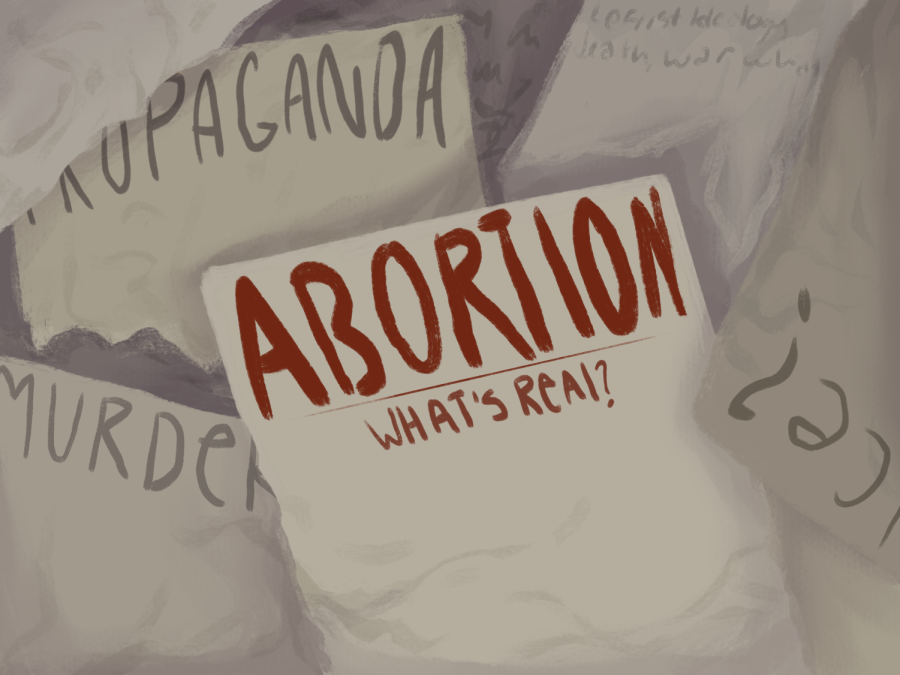A classical example of industries that poison the environment invokes thoughts of cement buildings and immense, billowing clouds of pollution. But, this circumstance is not an absolute. Nuclear power also fits the description, but its environmental impacts are completely different.
Nuclear power has received plenty of flack for the danger it poses to the individual and society, but there is plenty of cause for reconsideration.
Although it is fair to have your doubts, consider that when most people think of the word “nuclear,” the first mental images that the mind conjures are those of mushroom clouds, bombs and disaster zones. Even setting aside its destructive nature when wielded intentionally, the history of “nuclear” is also marred by unintentional devastation. Yet the catastrophes that nuclear energy has wrought are insignificant in comparison to the looming catastrophe of climate change.
We have to make a decision between the multitudes of clean energy sources—including nuclear—or the inevitable disaster of climate change. Although infamous for being dangerous, nuclear energy poses no danger to our climate, and that fact takes ultimate priority over every challenge we face.
Disregarding factors like construction, the production of energy through nuclear power is completely carbon-less; the immense clouds we see escaping from the plants are simply that: clouds, or steam.
Although its emissions are harmless, the byproduct of the reaction is extremely dangerous. The standard nuclear reactor produces highly radioactive substances, some with half lives of up to 24,000 years. With 90,000 metric tons of radioactive waste piling up in onsite facilities, the issue then arises of how to safely store these waste materials. This is a wildly complex issue that deserves its own article, but the simple truth is that this issue will persist no matter how involved in nuclear energy we are in the future. Preexisting nuclear waste has to be dealt with now. Furthermore, a more invested outlook on this matter may be a result of popularizing nuclear energy.
The issue of renewable energy cannot be solved by one sole source but mitigated by a multitude of smaller, viable options—nuclear energy production has to be one of them. It is easy to be frightened by the past of nuclear, but it’s the future that we need to focus on. In just about two decades, half of the nuclear reactors in the U.S. will become inoperable. There will inevitably have to be replacements for these generators, so implementing technology that is void of issues that have plagued nuclear in the past is of almost no additional cost to the already necessary replacements.
A plan needs to be implemented as soon as possible to ensure that nuclear remains producing 20 percent of our electricity, then growing on that figure. When the San Onofre Nuclear Generating Station closed in 2012, the carbon emissions from electricity in California grew by 24 percent that year. If we continue to close emissionless power production throughout the country without replacing them with another form of emissionless production, carbon emissions will increase by much more than the 24 percent it did in California.
The amount of directions nuclear can go from here is plentiful. Already, the dangers of nuclear are being eliminated through new technological advances. One of the next steps for nuclear is the creation of thorium-fueled reactors; thorium as a radioactive element is much less harmful than uranium and the processes of a thorium reactor completely eliminate the opportunity for a Fukushima-like disaster. Another one of the many options for nuclear is downsizing. Smaller, more compact and mobile reactors that are being developed today pose much less of a risk for a large-scale disaster due to the lessened concentration of uranium.
All of these new technologies—in addition to many others not mentioned—are legitimate solutions to our nuclear problem. With the already-expiring nuclear facilities we use, it is only logically to implement the newest and safest technology there is.
The overarching issue of climate change cannot be solved with a one-step approach. We must invest in the energy infrastructure today so that the devastation we face in the future will be halted.















